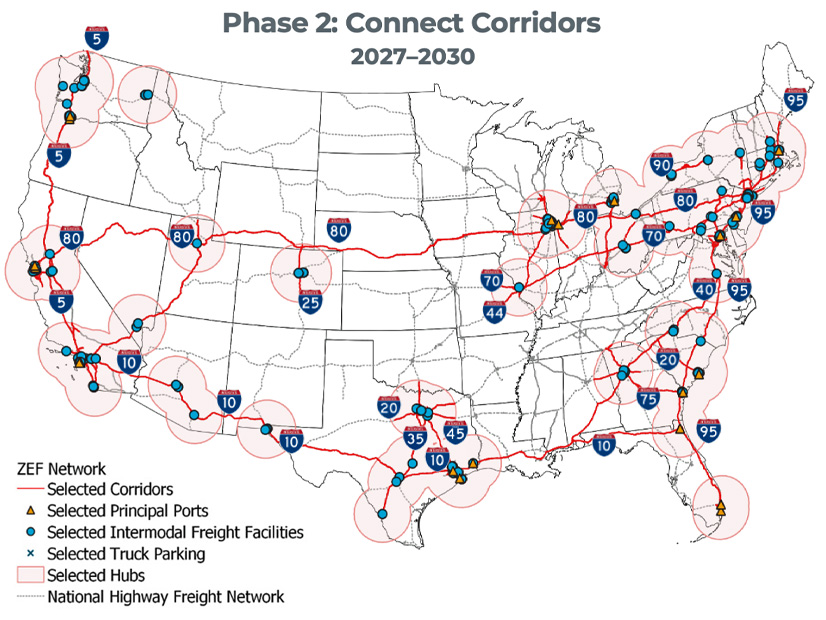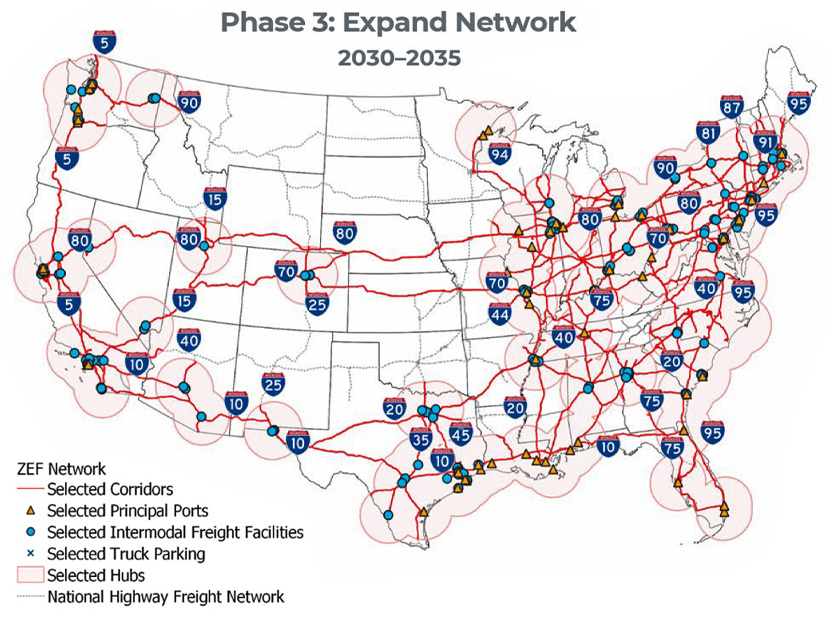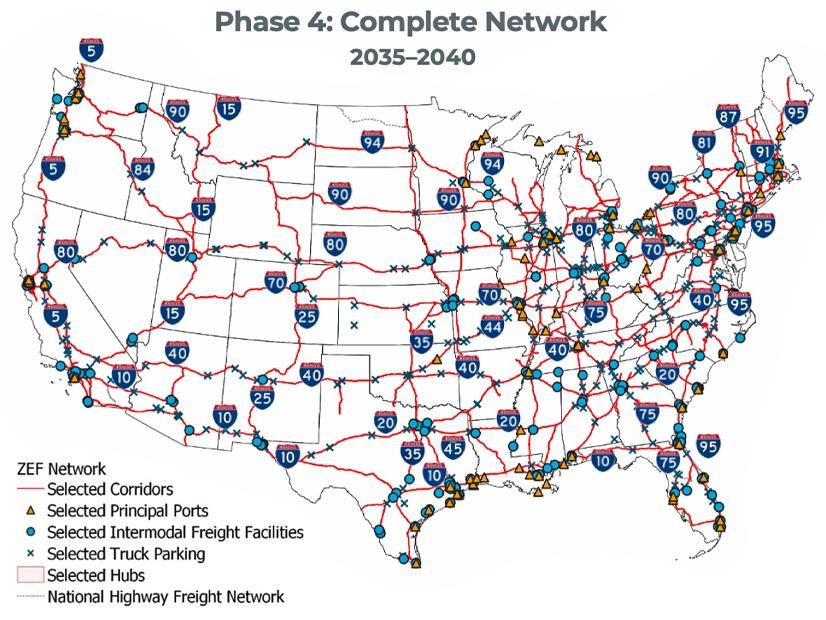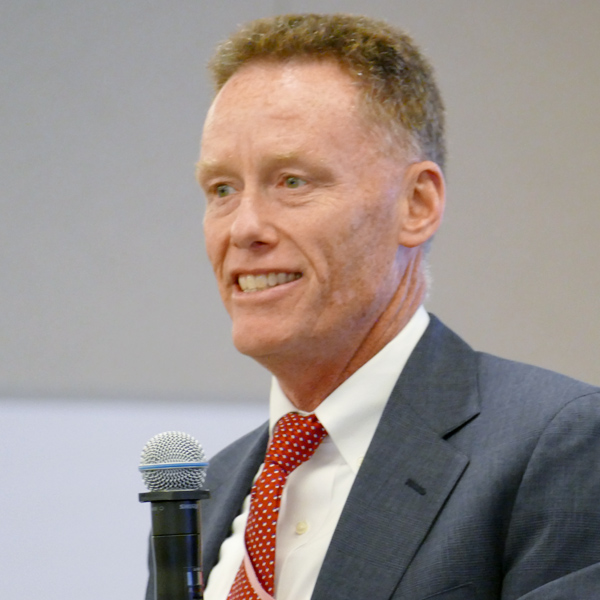New Jersey legislators are examining the potential effect of two bills designed to strengthen the state’s clean-energy future: one that would allocate $300 million to upgrade the grid and another that would put into law Gov. Phil Murphy’s (D) executive order that all electricity purchased in the state be clean energy by 2035.
The grid upgrade bill, S258, would require the state’s four electric utilities to develop and implement a plan to modernize their electric transmission and distribution systems and provide a timeline for doing so. The plans could include energy storage, the interconnection of distributed energy sources and other projects to help the state reach its emissions goals.
The utilities would have a year after enactment of the bill to craft the plan. Once approved by the New Jersey Board of Public Utilities (BPU), the utility would have 90 days to start implementing the plan. The $300 million would award grants to electric public utilities to offset electricity rate increases caused by implementation of the plan.
In a joint hearing March 12, the Senate Environment and Energy Committee and Assembly Telecommunications and Utilities Committee took four hours of testimony from more than two dozen speakers on the two bills but did not vote, reflecting the committee chair’s intent to take stakeholder input and reshape the bills if necessary.
“We are moving towards 100% renewable generation,” said Assemblyman Wayne DeAngelo (D), chair of the Assembly committee, at the start of the hearing. “Part of this hearing is to make sure that our infrastructure can handle that, to make sure that we have that generating capability, and that we’re not just putting out potential hopes, we’re not kicking the can down the road.”
Grid Inadequacy
The hearing marked Committee Chair Bob Smith’s (D) second effort to get Gov. Murphy’s Executive Order 315 into law. The Senate committee in June took testimony on a similar bill and revised it substantially in the fall to incorporate stakeholder feedback. But the legislation could not get enough support before the previous legislative session ended in January. (See NJ Push for 100% Clean Electricity Meets Opposition.)
The latest version of the bill, S237, which Smith co-sponsored, would revise the state’s renewable energy portfolio standards. It would require each electric power supplier and basic generation service provider to sell a certain percentage of electricity from renewable energy sources yearly. Smith said that unless Murphy’s target of 100% clean energy by 2035 is put into law, it could be changed by the next governor, who may be less committed to clean energy than the incumbent.
The grid upgrade initiative is an effort to get moving on an issue widely considered essential, he said at the hearing.
“How do we get to the point where we have a grid that works, or will work better, when there’s really so many more thousands of megawatts coming from renewable sources?” he said. “There are some who would argue to you, and I’m actually in that camp, that our grid really is inadequate, really inadequate. I mean, if we’re ever going to get to 100% renewable, you have to get that renewable energy to the people who are going to need it.”
Jesse Jenkins, an assistant professor for the Center for Policy Research on Energy and the Environment at Princeton University, said his research team last year modeled New Jersey’s energy system and concluded the state’s 2035 goal is reachable. But, he added, “New Jersey will not reach this goal unless the Assembly and the Senate move soon to pass legislation to codify that target in state law and ensure that we have mechanisms to ensure we reach that goal.”
Jenkins encouraged legislators to revise the bill in a way similar to Smith’s previous bill. That legislation would have built a policy based on using the state’s existing solar, nuclear and wind clean energy strategies accompanied by a “trailblazing requirement that 100% of the state’s reliability needs are met by clean resources by 2045,” such as storage, nuclear power or green hydrogen, to step in when weather conditions don’t permit solar or wind energy generation.
Jenkins encouraged the Legislature to adopt a clean energy standard, saying it would protect the state’s nuclear power and permit “existing natural gas plants to operate when necessary to meet reliability needs.”
Advance Planning
Abraham Silverman, former general counsel of the BPU and now director of the Non-Technical Barriers to the Clean Energy Transition initiative at Columbia University, said the key to grid modernization is addressing the problem early.
Tackling the issue upfront, he said, “allows the utilities to make larger upgrades and avoid a bunch of very small upgrades. Doing it that way in a coordinated fashion is faster and significantly less expensive.”
“When you allocate and build and plan your distribution or transmission grid up front, costs go down,” he said. “Further, getting the grid ready in advance results in the faster deployment of electrification and distributed energy resources. It really enhances the ability of corporations to attract low-cost capital to deploy in New Jersey.”
Silverman said an effective grid modernization program would focus on three issues, including upgrading and adding infrastructure as well as deployment of advanced technologies on the distribution system to reduce the need for “poles and wires.”
“The third [element] is innovative market signals, and regulatory frameworks that incentivize utilities and customers to make investments that defer additional grid upgrades or make the distribution grid stronger, more efficient,” he said.
Silverman offered three elements he believes are key to grid modernization, including using new reconductors, the wires that hang between poles, to “substantially increase the throughput across those wires without redoing a lot of the sort of the pylons or the telephone poles and the other infrastructure.”
He also suggested the state install grid-enhancing technologies, known as GETs, and use “non-wire alternatives,” such as “energy storage, demand response, energy efficiency or distributed energy resources, put in the right places on the grid to alleviate the need for more physical hardening of or expansion of the poles and wires.”
Natural Gas Replacement
The utilities that would be central players in the two bills’ plans took no position on them. Representatives of Jersey Central Power and Light, Atlantic City Electric and PSE&G spoke of their own clean energy projects but did not weigh in much, even when prodded by Smith and DeAngelo.
Representatives of the gas sector, however, argued vigorously that the state was far from ready to provide all its energy needs with electricity, and doing so would throw away an extensive gas distribution system.
Larry Barth, director of corporate strategy for NJR Clean Energy Ventures, said S237 would require New Jersey to purchase energy out of state because it does not produce enough clean energy, and likely would not help achieve the state’s clean energy goals.
“We remain concerned that this bill is going to have the potential to export billions of dollars from New Jersey ratepayers to subsidize out-of-state jobs without any real reductions in emissions,” he said.
Bob Kettig, a former staffer of the New Jersey Department of Environmental Protection, now manager of corporate strategy for New Jersey Resources, said most of New Jersey’s out-of-state clean energy would come from wind farms in Illinois, Indiana, Ohio and Pennsylvania that were built 10 years ago.
“These are not new projects, and therefore they are not creating incremental emissions reductions,” he said.



